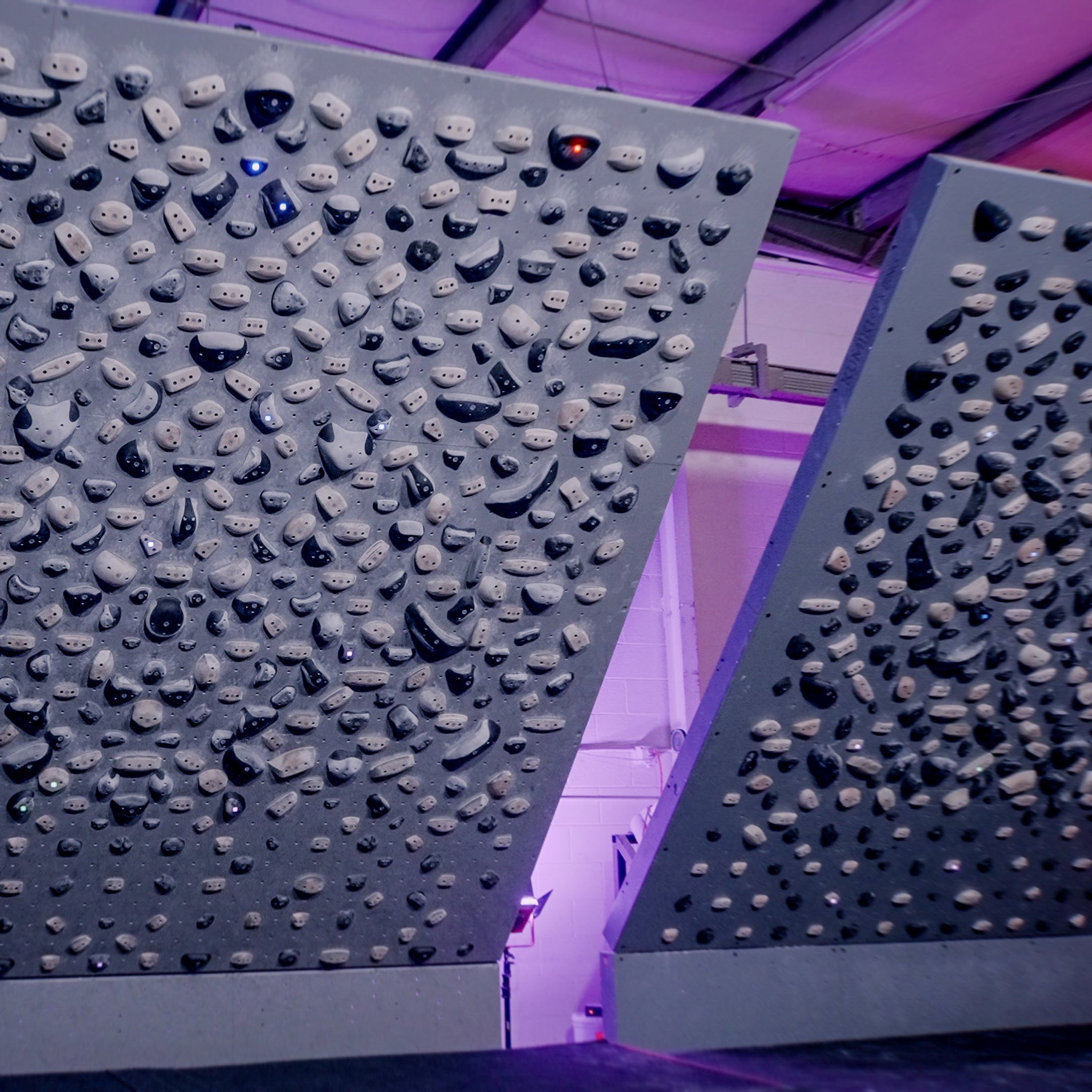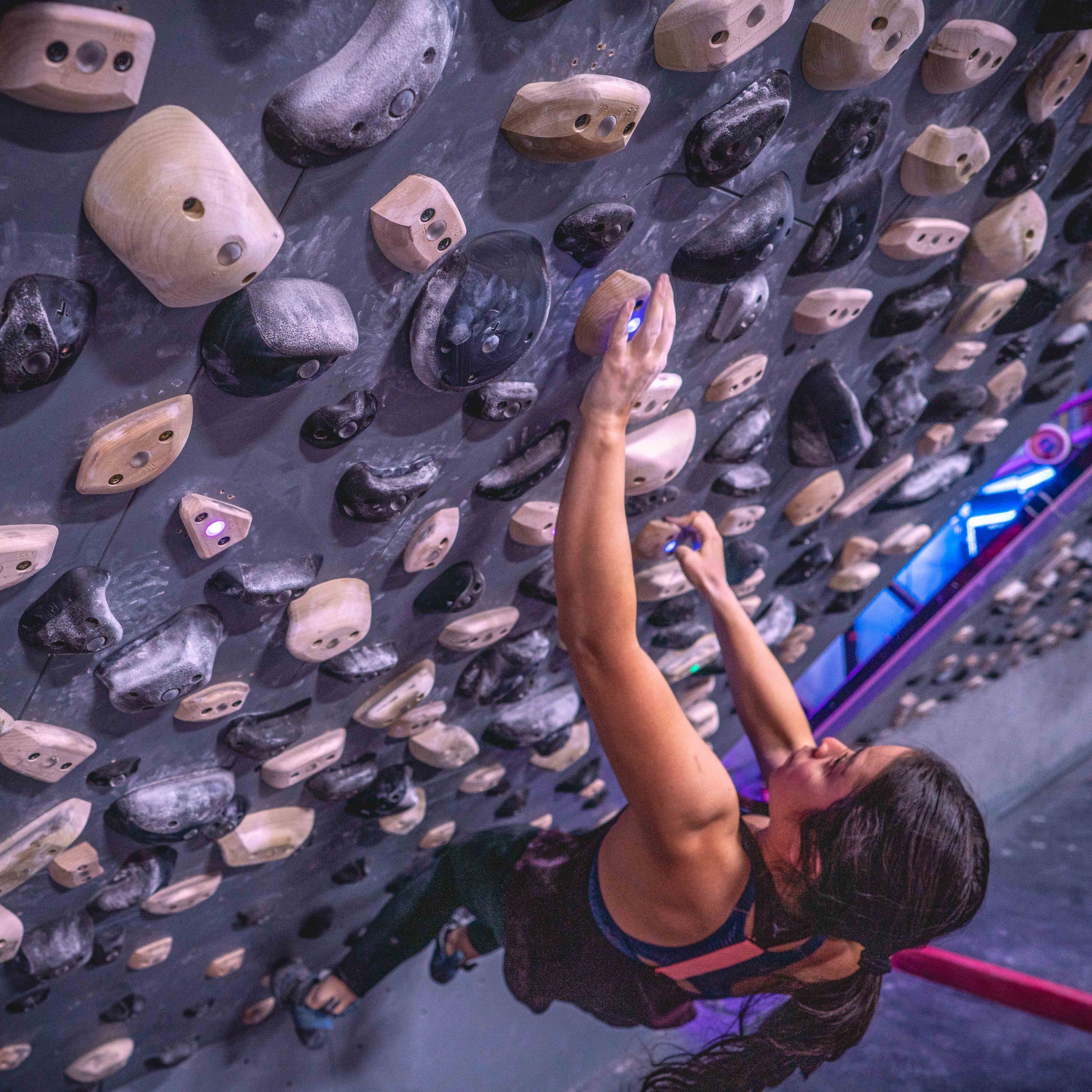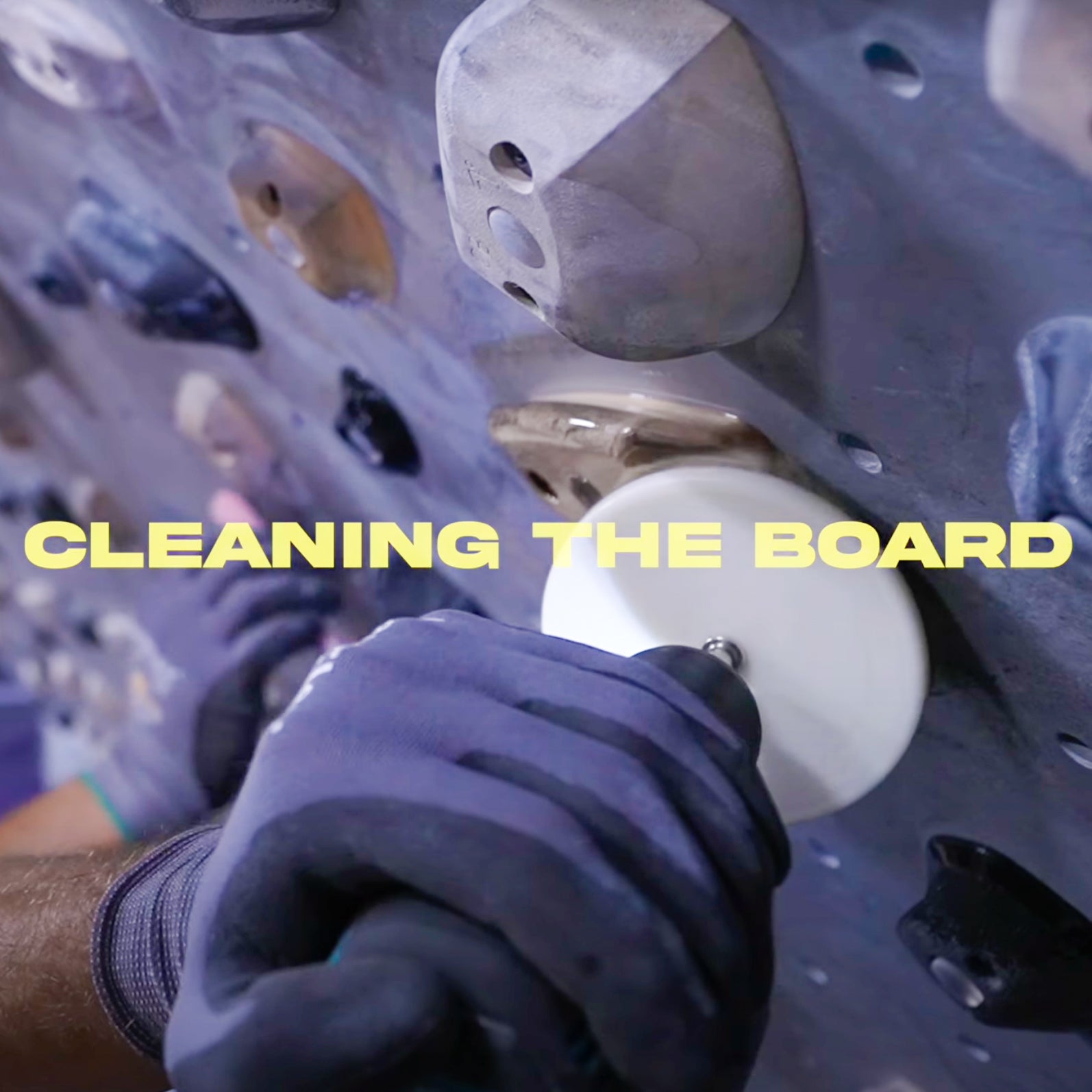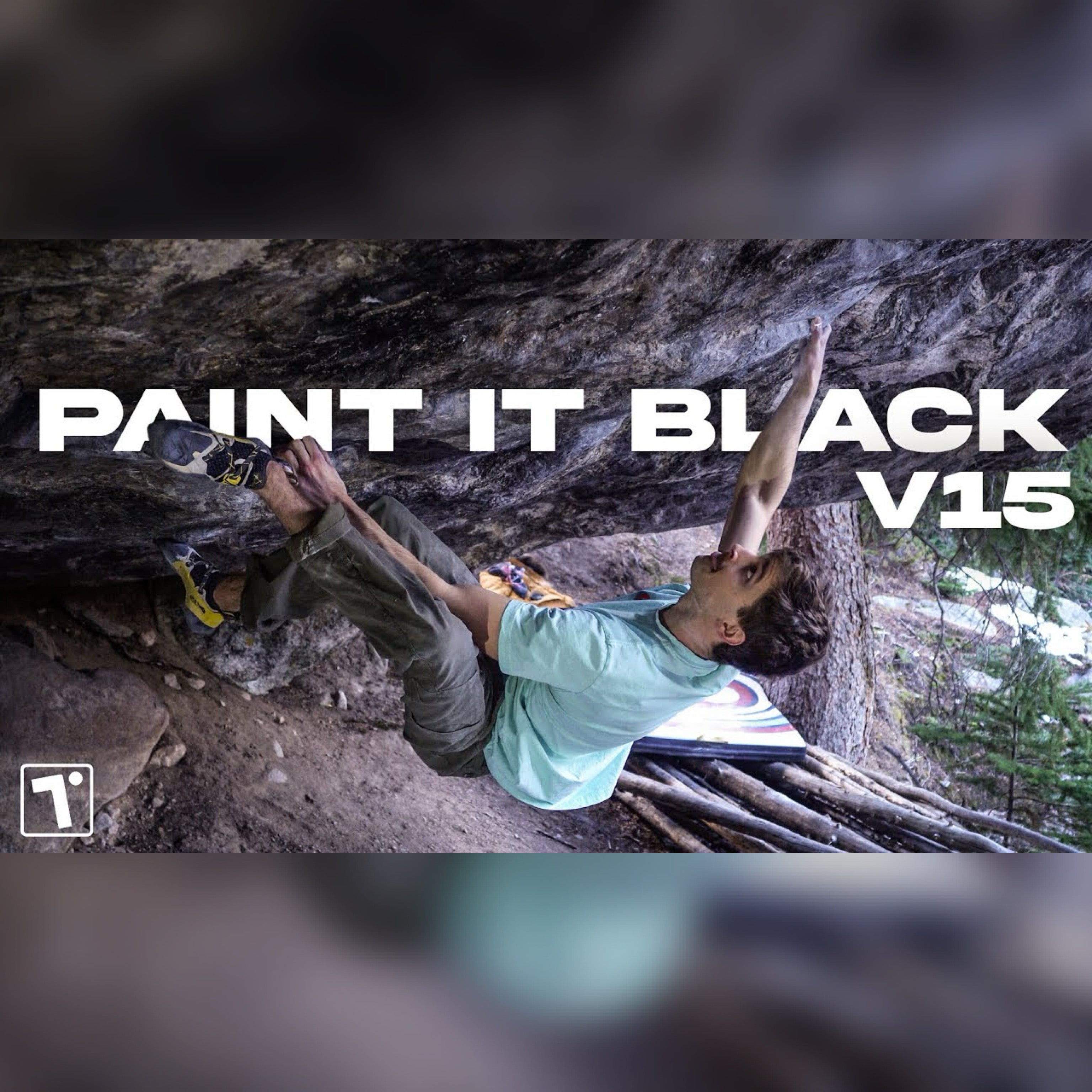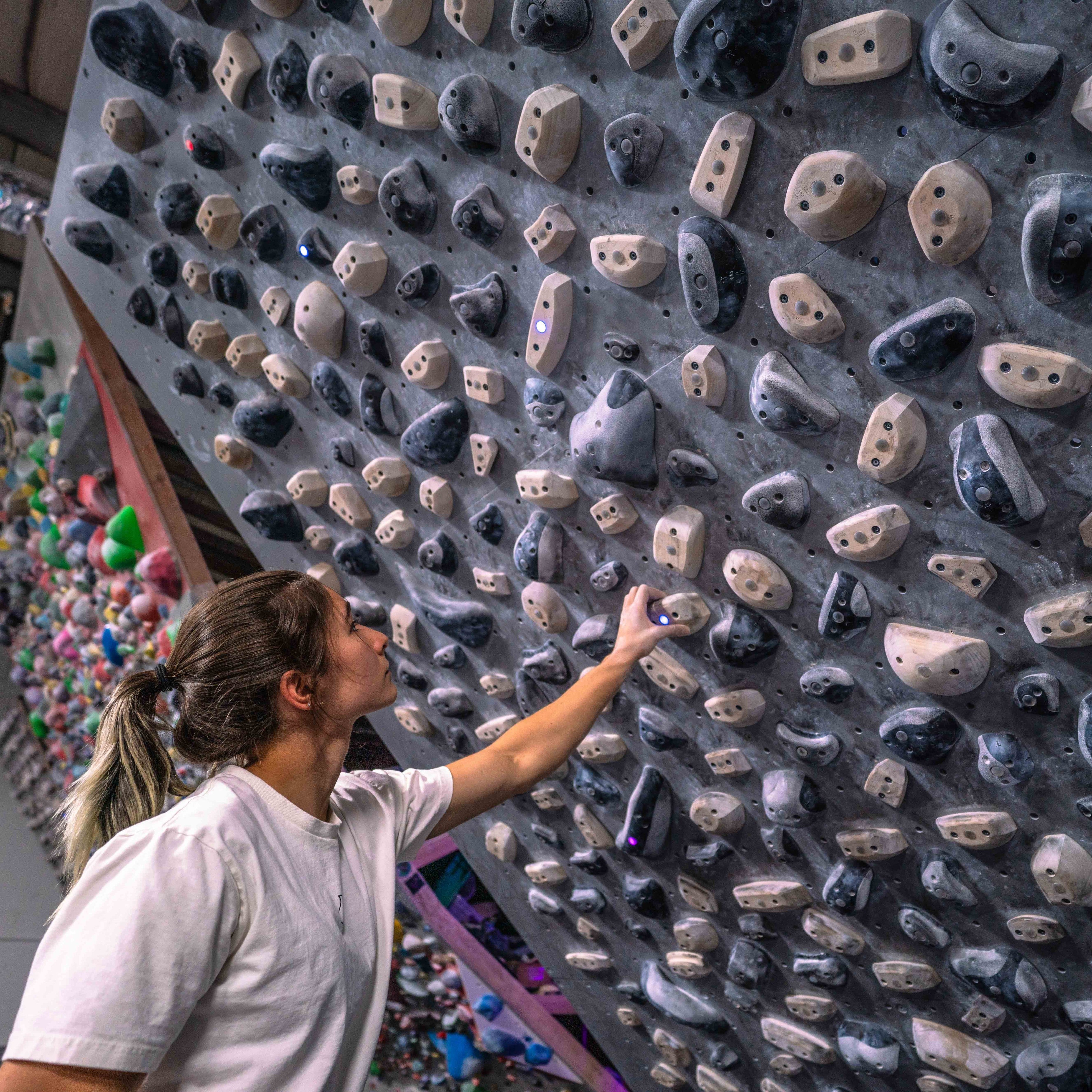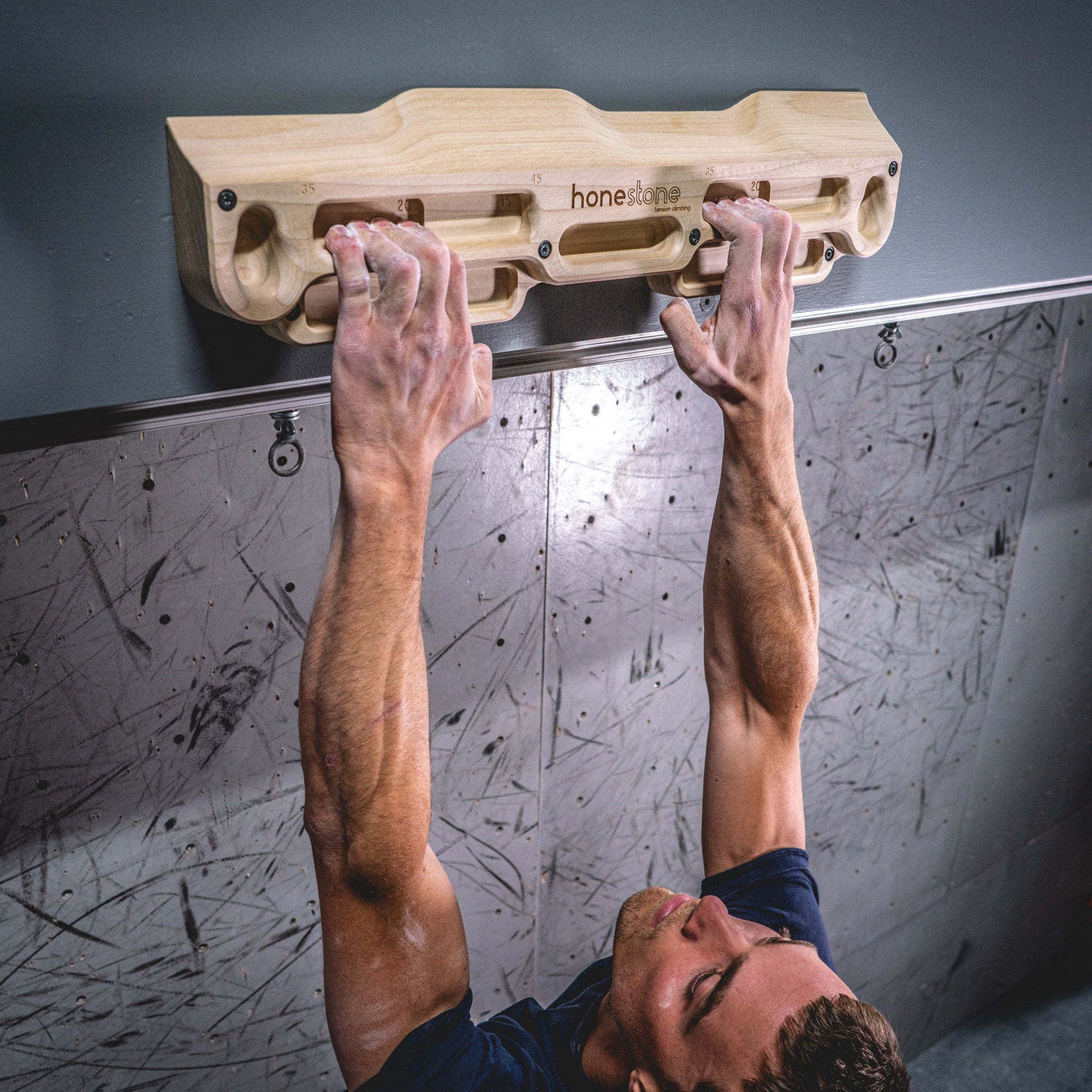Originally published February 2017
By Will Anglin
We all have our own strengths and weaknesses, climbing styles we prefer, types of holds we “hate”, etc. It is good to have strengths, but we all need to work on our weaknesses in order to realize our full potential. It is uncomfortable to confront aspects of our climbing that lag behind our strengths. Especially when there are others around. No matter how uncomfortable it is, if we wish to progress, we MUST push ourselves to face not only the styles that we don’t enjoy or consider weaknesses but also the discomfort itself. It is exactly at the moment that we feel like quitting or we start making excuses about why we don’t want to try a climb that we should do exactly the opposite (unless you are putting yourself into a seriously compromised position).
Ask yourself WHY you “don’t like” crimps/slopers/pinches/dynos. Is it because you aren’t as good at them? Why does that matter? How do you think you will get better at them? It is easy to let yourself get away with ignoring your weaknesses. One of the main things I find myself doing as a coach is helping (aka forcing) people to confront their weaknesses and holding them accountable for addressing them. They don’t like it. But they need it. We all do.
My biggest weakness is dynoing. Since I was 12 years old, jumping has been my nemesis. I spent years avoiding it. I’d do anything I could to get past a dyno without actually dynoing. Last year I tried the boulder problem Purple Is Not A Color, a V10 dyno at Lincoln Lake in Colorado. I tried to do it without jumping, but I couldn’t. I jumped and flailed for over an hour and never came close. I wrote it off as a boulder I would never do and “didn’t like”.
Two days ago, there were a bunch of us back at Lincoln Lake and people were trying the dyno. I walked over and watched for a bit, but I decided I wasn’t going to try it because I “didn’t like it”. I stopped myself and realized that the reason I “didn’t like it” and didn’t want to try it was because it was going to be hard for me, I was going to flail, and I might fail in front of a bunch of people.
That is a BS reason to not try or “not like” a boulder. So I booted up and tried it probably 30 times. I got close, but I didn’t do it. I went back a few hours later, hell-bent on swinging off that damn hold until I bled or I sent. After another 30 or so tries, I stuck it. It isn’t the highest-graded boulder I have ever done, but it is definitely one of the more meaningful ones.
Next time you decide you “don’t like” a particular move/hold/climb have an honest conversation with yourself about why that is . . . Then do it anyway. The odds are you need it.
ADDED January 2020:
I recently confronted this again on a boulder problem in Rocky Mountain National Park called “Top Notch”. This particular boulder problem has a notoriously difficult first move. I can be done with or without a heel hook, but either way, it’s hard. 2 moves later there is a jump move to a big flat hold. While not considered an “easy” move, it usually isn’t the crux for people, and once a climber figures out the moves prior, the send is (usually) imminent. Well… as mentioned above, I’m not very good at jumping. I’ve gotten A LOT better over the years, but it is still my biggest weakness. Over 3 years I fell off the jump move on “Top Notch” 50+ times (eventually I stopped counting)… from the dang start. About half the time I used the heel hook and about half the time I used the classic beta. Yet every time I’d execute the jump slightly wrong. Eventually, I realized I had actually done the jump wrong so many times that I had actually taught myself to fail. It took extreme conscious mental effort to undo this and one evening, September 19th, 2019, I finally pulled it off. When I finally did it, it felt casual (crazy) even though I had fallen from the start again at least 5 more times right beforehand. In this style, it’s one of my proudest achievements. I won’t lie, It was difficult for me at first to watch multiple people crush the boulder in front of me in a handful of tries, season after season… Then to step up and fail over and over again. It’s difficult. Climbing is difficult. It doesn’t get easier, you just get better at dealing with it. While I don’t coach anymore, I am grateful to have a community


